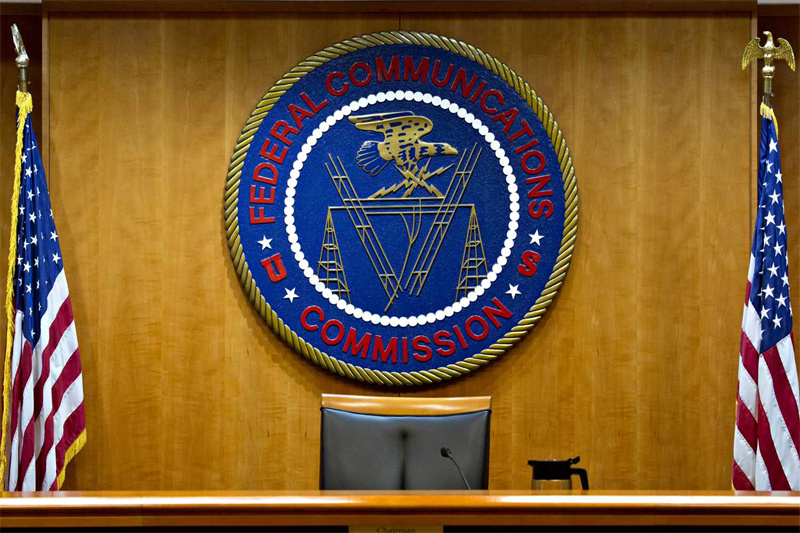On May 22, 2025, the U.S. Federal Communications Commission (FCC) unanimously approved new rules barring Chinese laboratories deemed national security risks from participating in the testing and certification of electronic devices sold in the U.S. The decision marks a significant escalation in Washington's efforts to decouple from China in the semiconductor and broader tech supply chains.
Under the new regulation, Chinese labs linked to entities on the U.S. "Covered List"—which consolidates blacklists from the Department of Defense, Department of Commerce, and the FCC—are no longer eligible to certify products such as smartphones, computers, smartwatches, and other wireless devices. This effectively blocks these products from legally entering the U.S. market if tested by affected labs.
The Chinese Embassy in Washington condemned the move, accusing the U.S. of politicizing trade and weaponizing national security to suppress Chinese companies. It warned that such actions undermine market principles and global trade norms.
The immediate impact is significant. Major telecom players like Huawei and ZTE, which rely heavily on domestic labs for R&D testing, face new barriers to U.S. market access. Electronics manufacturers risk losing orders, and surveillance giants such as Hikvision and Dahua encounter renewed regulatory headwinds. U.S. importers are shifting testing to labs in Vietnam and Mexico, pushing up costs by an estimated 15–30%.

Longer-term, the measure signals a shift toward regionalized tech ecosystems. The FCC is also exploring proposals to expand the ban to all Chinese labs and require entities linked to foreign adversaries to disclose FCC-issued licenses. If allied countries such as those in the EU or ASEAN follow suit, global electronics compliance costs could skyrocket.
Historically, U.S. restrictions on Chinese tech firms have followed a three-phase pattern: sanctions, market denial, and structural realignment. This latest move fits the third category, aiming to reshape supply chains by administrative means. FCC officials estimate that 75% of electronic devices sold in the U.S. are currently tested in China. The 111 certified U.S.-based labs are expected to absorb the $4.8 billion market gap created by the ban.
Still, the strategy may yield unintended consequences. Some Chinese firms, such as Huawei, have accelerated localization of testing and production. The company's Ascend chip series has reportedly achieved over 90% domestic test coverage. Meanwhile, China's annual growth rate of semiconductor patents has reached 27%, and national R&D spending surpassed that of the U.S. in 2024 for the first time.
Analysts say the U.S. is shifting from direct sanctions to "cutting off oxygen" at the infrastructure level. But in a deeply intertwined global tech landscape, unilateral moves may not be sustainable. Ultimately, industry watchers argue, the future of technological advancement will depend more on innovation and market dynamics than on regulatory force.
+86 191 9627 2716
+86 181 7379 0595
8:30 a.m. to 5:30 p.m., Monday to Friday
